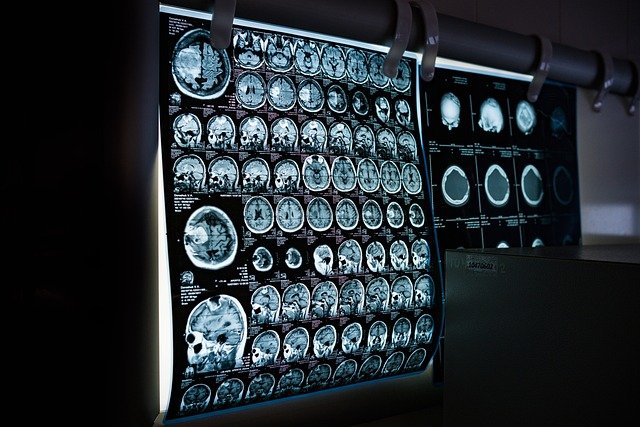Steering into the Future: The Implications of Advanced Steering Systems
Steering systems are a key component of any vehicle, and as the automotive world evolves, so does the technology behind them. As we look towards the future of driving, advanced steering systems play a critical role in enhancing vehicle performance, safety, and driving experience.

The Evolution of Steering Systems: A Brief History
Steering systems have come a long way since the early days of the automotive industry. Initially, vehicles incorporated a simple mechanical linkage, known as the steering gear, which connected the steering wheel to the front wheels. However, as vehicles became faster and heavier, this system was no longer sufficient.
This led to the development of power steering systems in the 1950s, which used hydraulic pressure to assist the driver in turning the wheels. This technology made steering easier and more comfortable, but it was not without its drawbacks. Hydraulic systems were heavy, not particularly efficient, and required regular maintenance.
The advent of electric power steering in the 1990s brought a significant change. By using an electric motor to assist with steering, these systems were lighter, more energy-efficient, and required less maintenance.
The Rise of Advanced Steering Systems
Today, we’re witnessing the emergence of even more advanced steering systems, which offer a host of benefits over their predecessors. One such technology is steer-by-wire, which removes the physical connection between the steering wheel and the front wheels. Instead, steering input is transmitted electronically, offering the potential for greater precision and flexibility.
Another promising technology is adaptive steering, which adjusts the steering ratio based on vehicle speed. This means that at low speeds, the vehicle is easier to maneuver, while at high speeds, the steering becomes more direct, enhancing stability.
These advanced systems can also integrate with other vehicle systems, such as stability control and lane keeping assist, to enhance safety and driving comfort.
The Impact of Advanced Steering Systems
Advanced steering systems have several significant benefits. Firstly, they can enhance vehicle performance. By providing more precise and responsive steering, they can improve vehicle handling and driver control.
Secondly, they can also enhance safety. By integrating with other systems, advanced steering systems can help maintain vehicle stability, prevent skidding, and even assist with lane keeping.
Lastly, these systems can improve driving comfort. By adapting the steering ratio based on speed, they can make the vehicle easier to maneuver at low speeds and more stable at high speeds.
Navigating the Challenges
Despite these benefits, advanced steering systems also present several challenges. For one, they are more complex and potentially more expensive to manufacture and maintain than traditional systems.
Additionally, the removal of the physical link between the steering wheel and the wheels in systems like steer-by-wire can potentially lead to a lack of feedback, which some drivers may find disconcerting. However, manufacturers are working on solutions to these issues to ensure that the benefits of these systems outweigh any potential drawbacks.
Steering into the Future
As we move forward, it’s clear that advanced steering systems will play a critical role in the future of the automotive industry. By enhancing performance, safety, and comfort, they offer a host of benefits that can improve the driving experience.
While there are challenges to overcome, the potential benefits of these systems are significant. As technology continues to evolve, we can expect to see even more sophisticated and effective steering systems on the roads of the future.
In conclusion, the evolution of steering systems is a testament to the continuous innovation and progress in the automotive industry. As we steer into the future, it will be fascinating to see how these systems continue to evolve and shape our driving experience.




